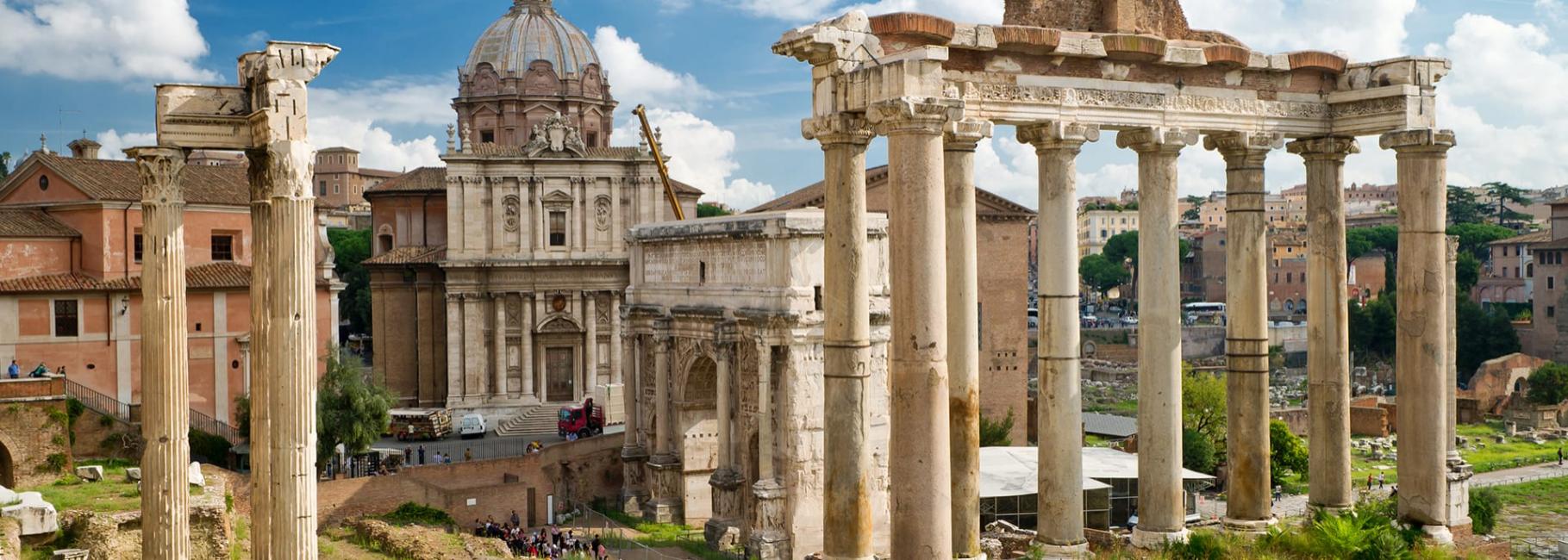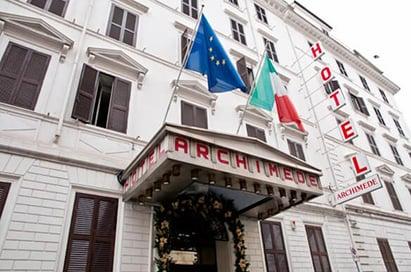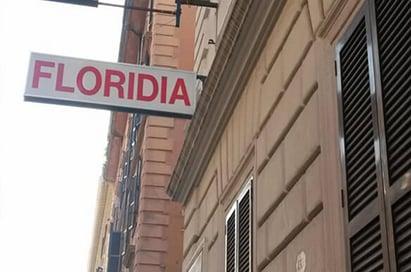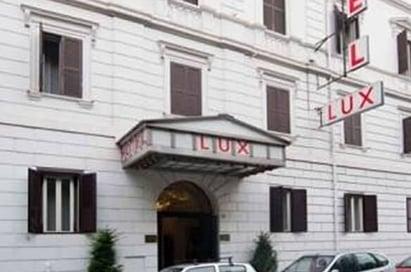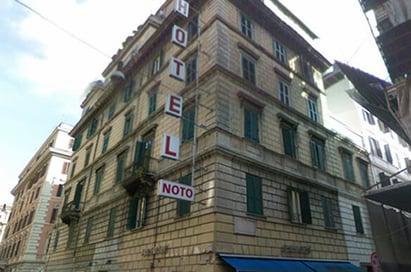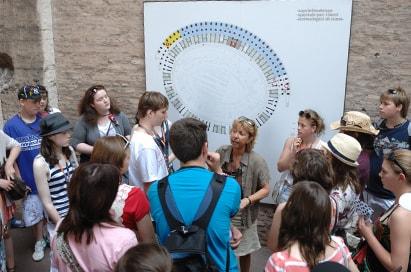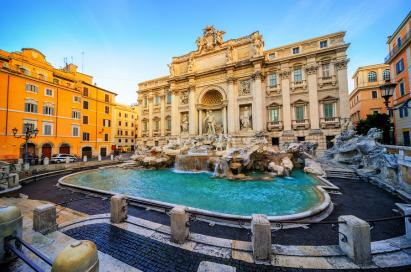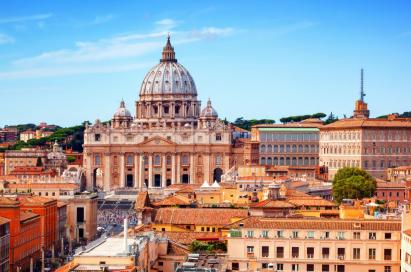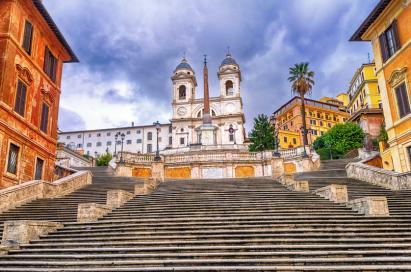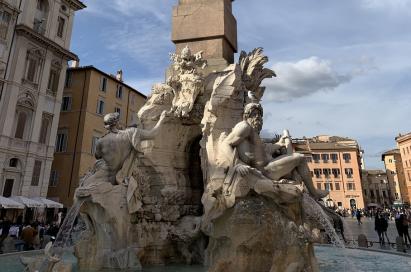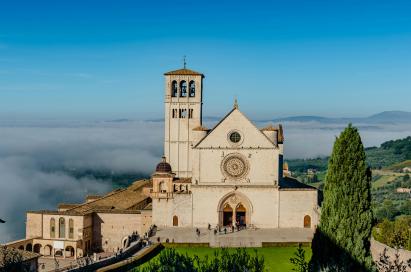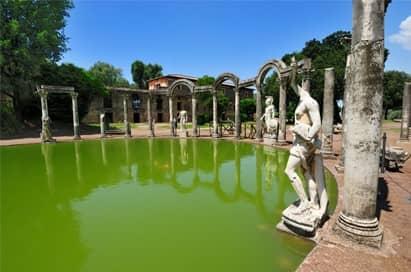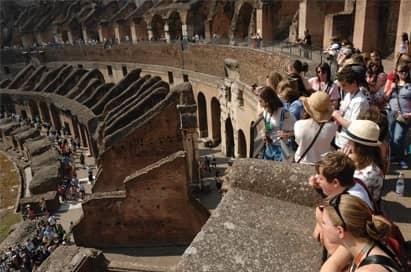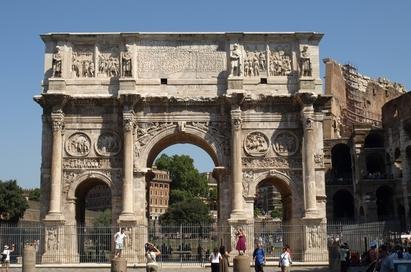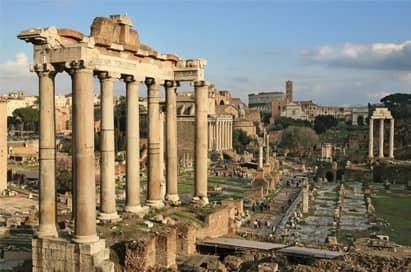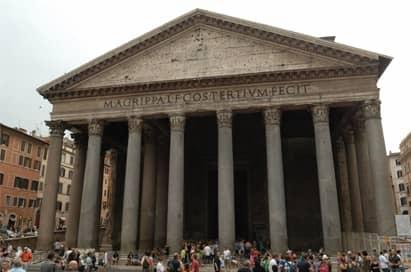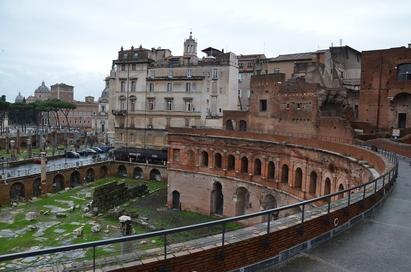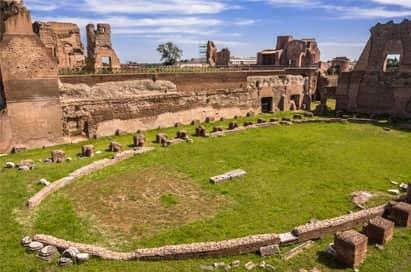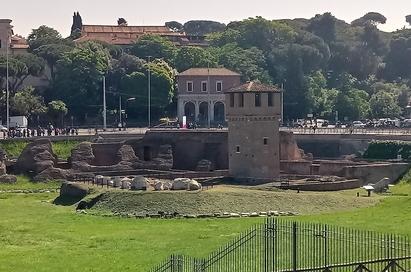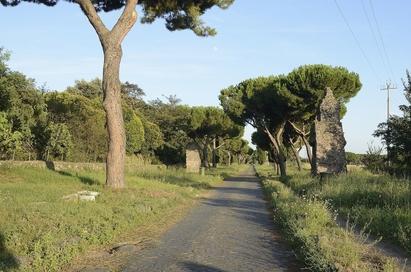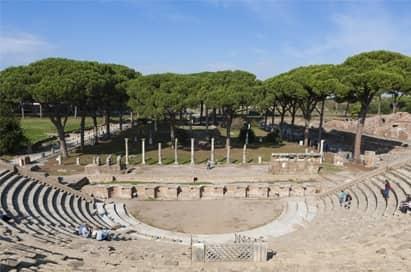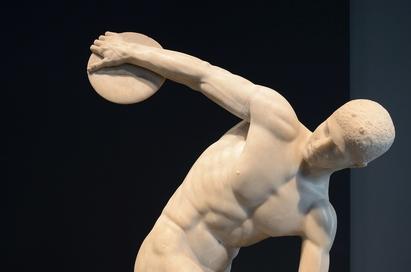History Trips to Rome
Roman history has a great impact on much of the world’s history including the building of the Roman empire, the creation of the Catholic church and Fascism. Rome is a beautiful place to visit and offers a variety of historical and cultural references.
No school history trip to Rome is complete without a visit to the ancient Roman sports arena, The Coliseum (Coloseum, Colosseum), which was built during the reign of Emperor Vespasiano c. AD 72 and dedicated in AD 80 by his son Titus. The popular name of Coliseum came about because the immense oval stadium was situated next to a colossal statue of Nero. Another popular visit is the Pantheon built in 27 BC as a temple to all gods and is the best preserved of all the ancient Roman buildings.
Prices start from£639pp
Popular itinerary
Our sample itinerary provides you with an idea of the visits you can cover during your trip. We can tailor-make an itinerary to support your specific learning outcomes.
| Morning | Afternoon | Evening | |
|---|---|---|---|
| 1 | Check in to UK airport for flight | Arrive in Rome and transfer to your accommodation | Visit the Trevi Fountain followed by a meal in a local restaurant |
| 2 | Guided walking tour of the city | Exploring the Colosseum, Papatine Hill and Imperial Forums | Go to Rome most famous stairs, the Spanish Steps before your evening meal |
| 3 | Day Trip to Ancient Ostia | ||
| 4 | Free time in the city | Transfer to Rome airport for return flight | Arrive back in the UK |
- 1
- 2
- 3
- 4
| Morning | Check in to UK airport for flight |
|---|---|
| Afternoon | Arrive in Rome and transfer to your accommodation |
| Evening | Visit the Trevi Fountain followed by a meal in a local restaurant |
| Morning | Guided walking tour of the city |
|---|---|
| Afternoon | Exploring the Colosseum, Papatine Hill and Imperial Forums |
| Evening | Go to Rome most famous stairs, the Spanish Steps before your evening meal |
| Morning | Day Trip to Ancient Ostia |
|---|---|
| Afternoon | |
| Evening |
| Morning | Free time in the city |
|---|---|
| Afternoon | Transfer to Rome airport for return flight |
| Evening | Arrive back in the UK |
Price Shown includes
- Return air travel
- 3 nights B&B accommodation
- Return airport transfers
- Bespoke itinerary planning service
- Free Place Ratios
- Online trip organiser & Travel App
- 24/7 support whilst you are away
Places to Stay
We Make School Trip Planning Easy
- Day to day support and advice from our team of travel experts
- Easy-to-view online tour quotation
- Market-leading trip organiser portal, My Tour Manager
- Free Resources and templates to help launch your trip
- Email reminders to keep you on track
- Free and completely personalised Travel App to access your information on the go
- Risk Assessment advice so you can make an informed decision on every tour component
- Teacher Inspection Visits

